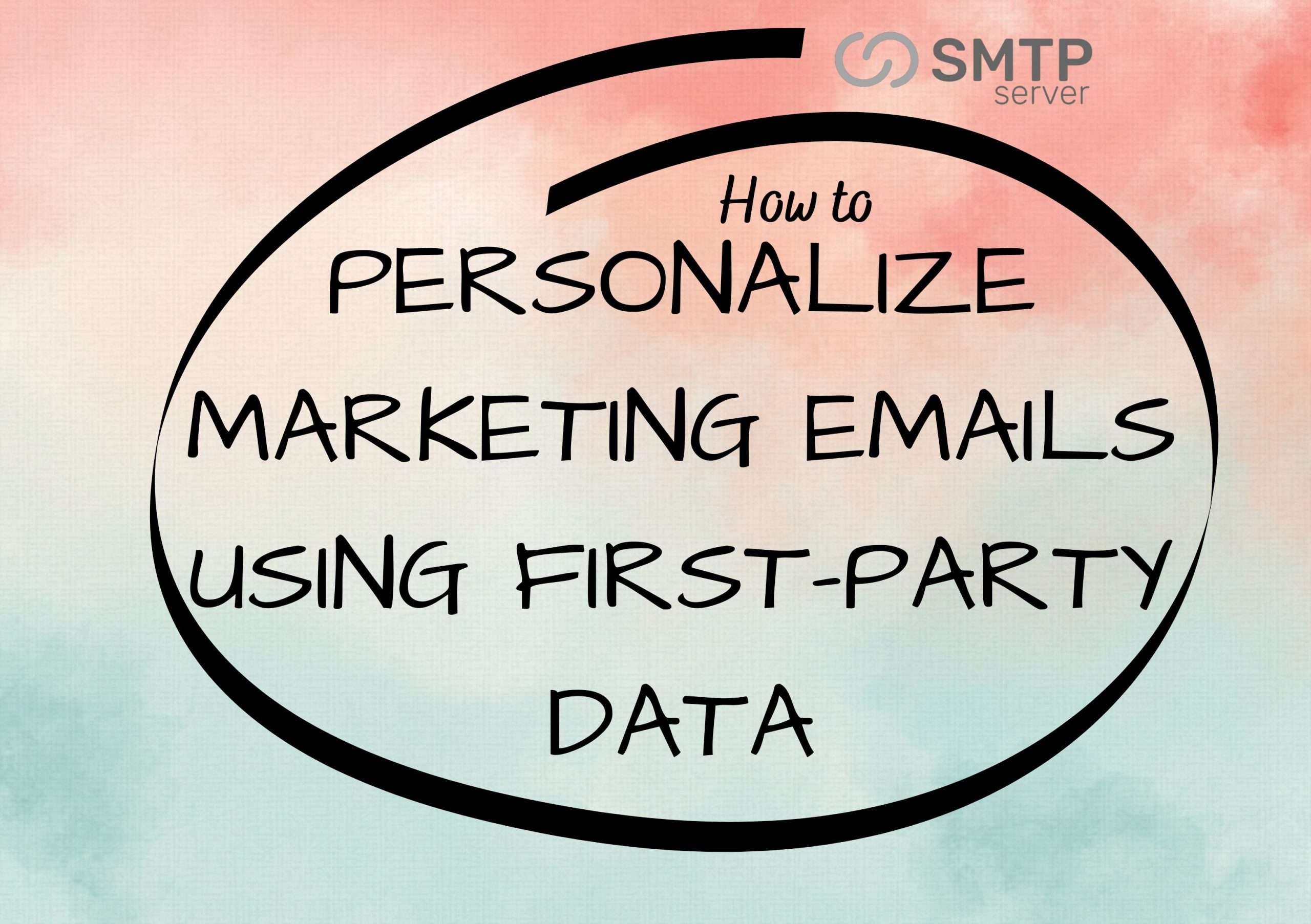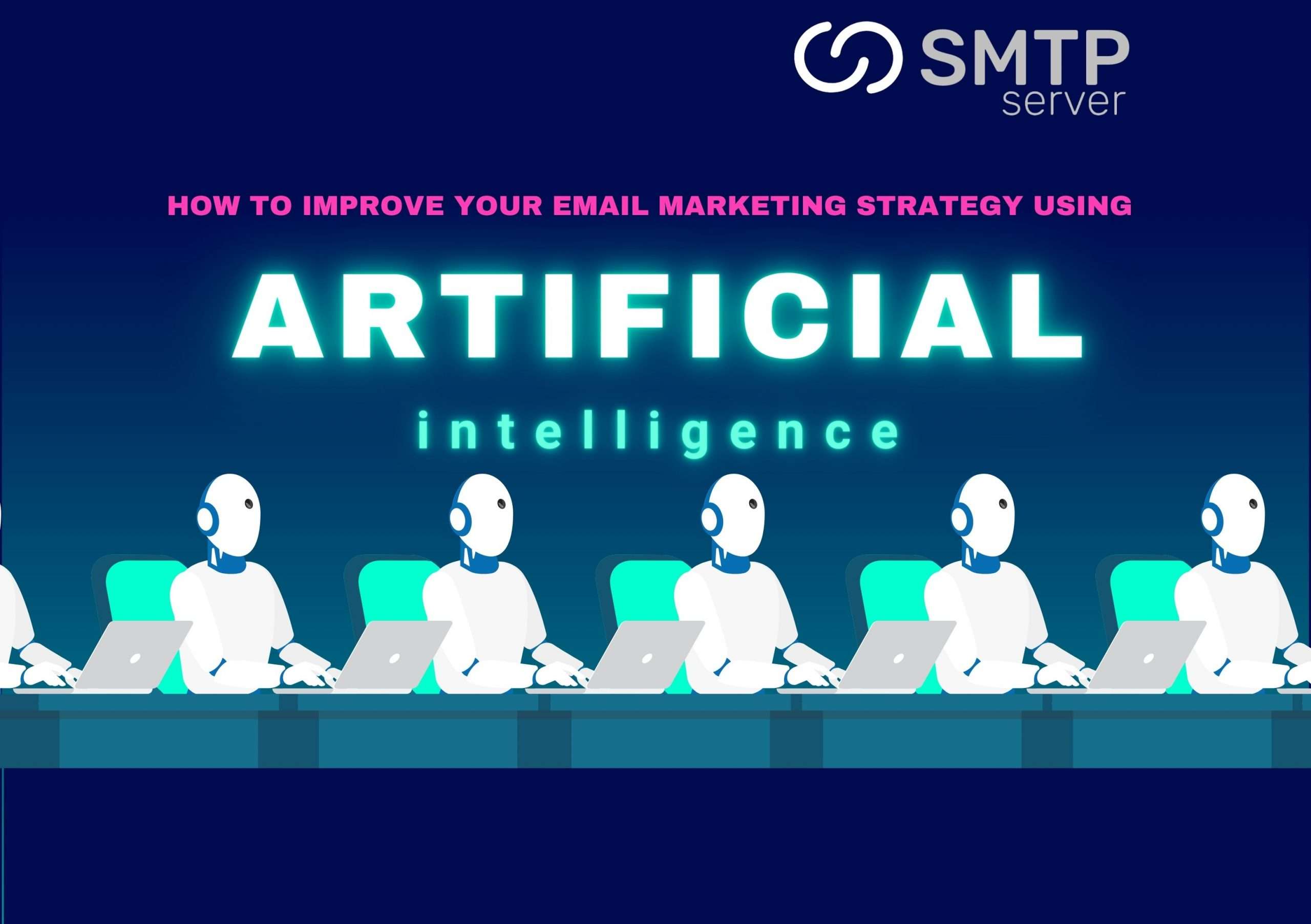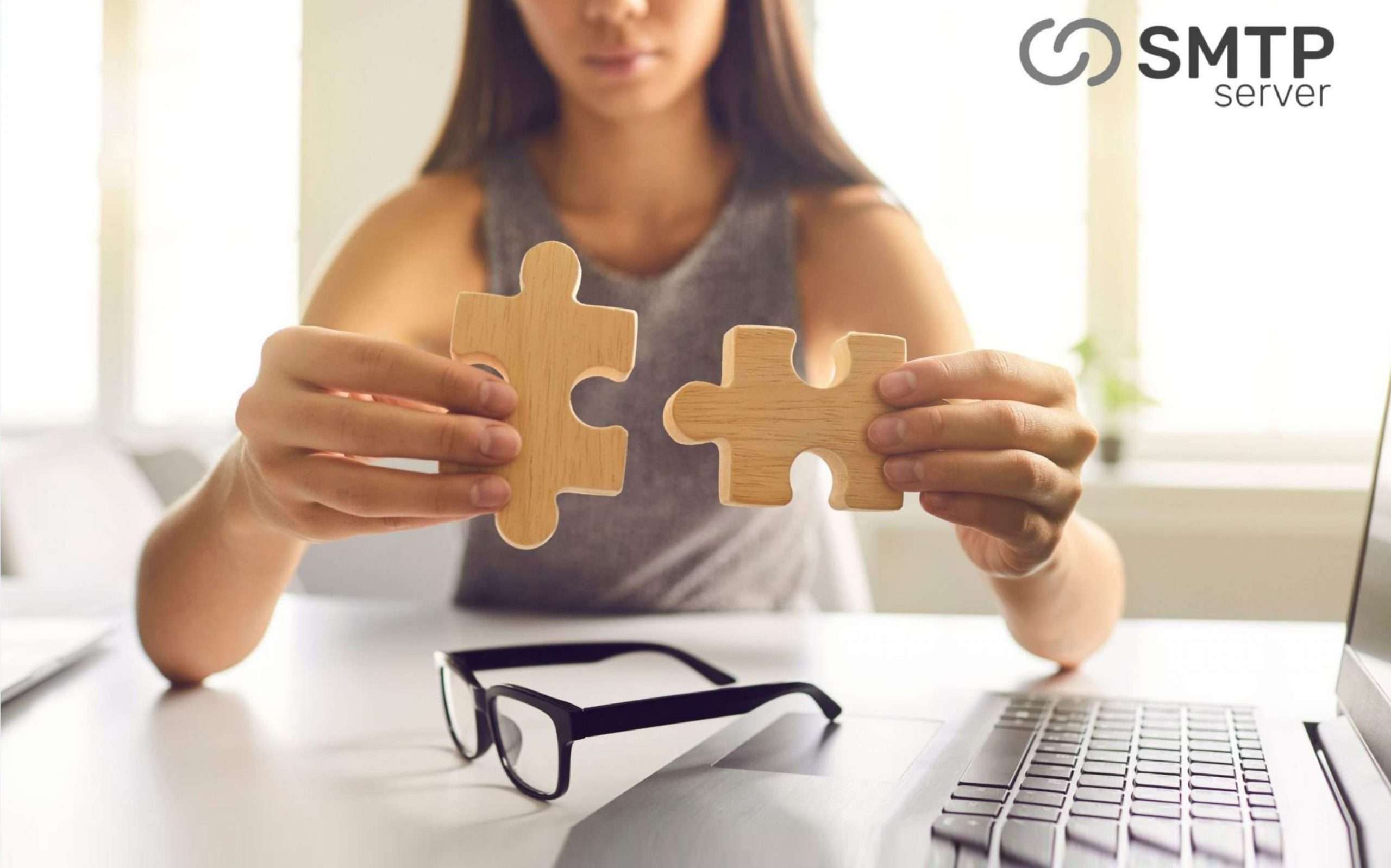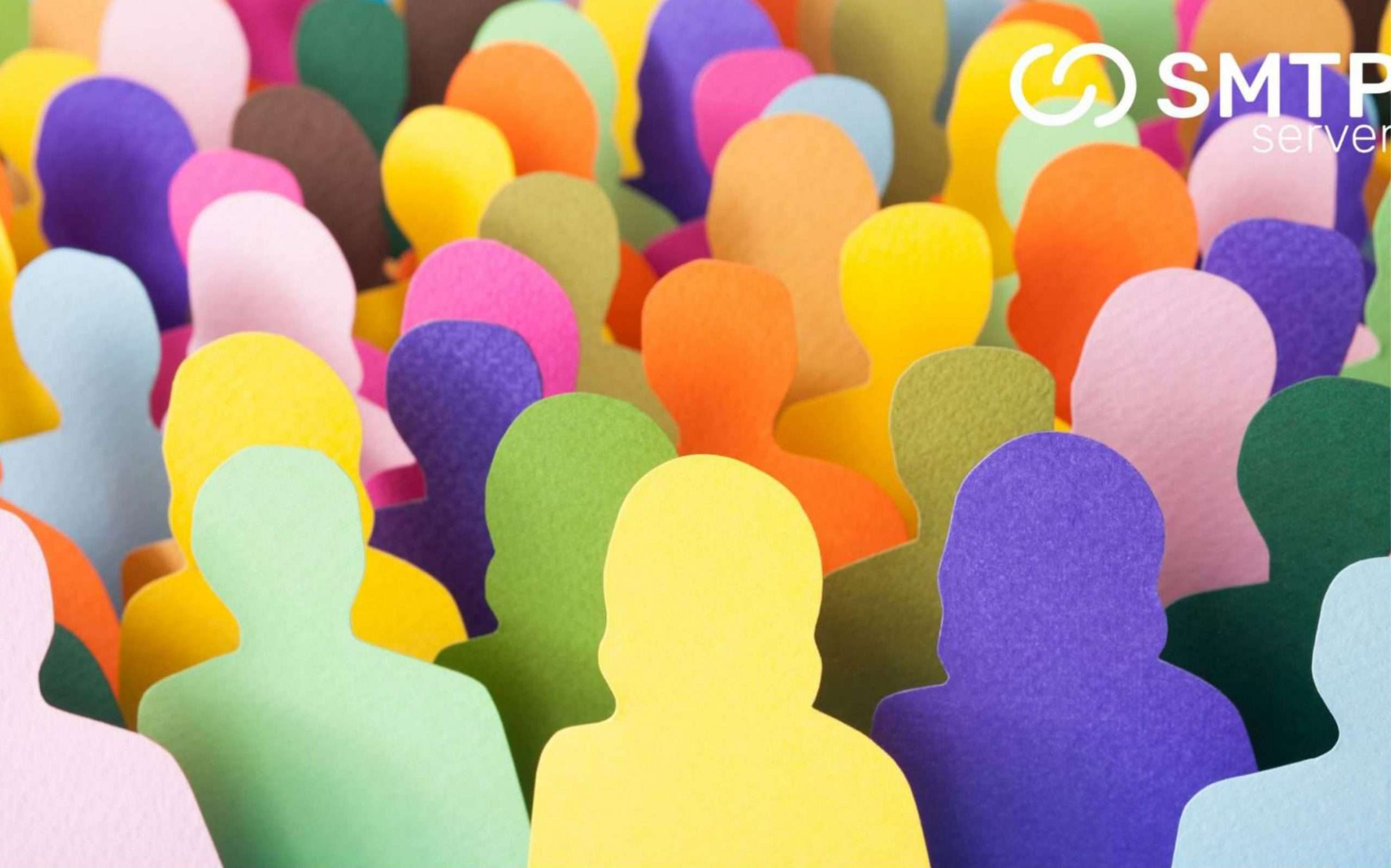19,831 total views, 9 views today
Each marketing email you send needs to stand out among the numerous offers and newsletters the recipient receives. This is why email marketers spend so much time considering how to differentiate their messages from those of their rivals and pique recipients’ interest.
Email personalisation is a crucial component of making your messages stand out; in fact, 57% of receivers acknowledge that personalization affects how memorable an email is.
You must first have precise, trustworthy client data in order to implement this personalisation. And when third-party cookies disappear, marketers are facing an increasing issue over how to collect, store, and retrieve this data.
The good news is that email marketers may still send emails that are highly tailored by employing first-party data, or information that you obtain directly from clients. In actuality, the data you get from sign-up forms, purchase histories, and other direct interactions with your clients is more trustworthy than data from third parties.
This article will outline how to personalise email campaigns using first-party data and email marketing.
Utilize email sign-up forms and preference centres to gather first-party data.
Let’s start with first-party data collection using email. Did you know that one of the first touchpoints in the customer journey is getting email users to sign up for your email list?
For instance, you could offer a first-time visitor to your website the chance to sign up for your mailing list in exchange for a discount on their purchase (like Brooklinen does in the following example). The email sign-up form is your first chance to request a visitor’s personal information.
The following best practises should be kept in mind while you collect data through user preference centers and email sign-up forms.
1. Only request what you need
If a potential consumer feels that filling out a long email sign-up form is intrusive or time-consuming, they may decide not to buy from you. This means that in order to begin establishing a relationship with clients, you will need to prioritise the data you definitely require.
For instance, a B2B journal like Search Engine Journal could want the customer’s industry, job title, or areas of interest, but an e-commerce company might be interested in learning about the customer’s shopping inclinations.
Once you have the visitor’s email address, you can send them the first of your welcome emails, which includes an invitation to finish their user profile. You might use this as an opportunity to inquire about other details, including their preferred email address and birth date. To improve your chances of receiving a completed form, make the questions relevant and brief.
Last but not least, be considerate when requesting data; simply make the most crucial fields mandatory to prevent alienating the recipients who are hesitant to submit a lot of personal information.
2. Ensure that both parties gain.
Customers are interested in learning what benefits there are for them, not what you get from collecting their personal information. Make it apparent to the customer how providing the information will benefit them when you ask for it.
For instance, as Anthropologie does in the example below, on the email sign-up form of your e-commerce website, describe to the visitor the benefits of your email programme, such as early access to discounts or invitations to exclusive events.
3. Comply with privacy laws
The General Data Protection Regulation in the European Union, the California Consumer Privacy Act, and the Controlling the Assault of Non-Solicited Pornography and Marketing Act in the United States all have distinct enforcement methods that vary by location.
Make sure you comprehend and abide by the privacy laws that apply to your company based on the nations in which you conduct business. This frequently involves letting people know what data you collect, how you manage and preserve it, and how they can unsubscribe from your communications.
Utilize identity resolution to create precise client profiles.
Customers engage with your company through a variety of channels and devices. A single customer, for instance, might surf your website on a laptop, download your app, buy a good or service on a mobile device, and then get in touch with customer support over the phone.
To get a complete picture of how customers interact with your company, identity resolution enables you to assign all of these interactions across platforms and channels to a single customer profile.
You may target your receivers with emails that are highly tailored based on their actions and preferences thanks to this single customer identification. Additionally, many teams have access to this profile to improve the consistency of the customer experience across channels and devices.
So how do you create this unified customer view? Using aggregated data and a variety of identifiers, a customer data platform aids in resolving client identities. Find out more about the importance of identity resolution for businesses today.
Create recipient segments based on consumer information
You probably already categorise your email subscribers into several groups based on basic criteria like how engaged they are with your messaging or broad demographic information like gender.
However, you can segment your email list more precisely using first-party data in order to provide content that is specifically targeted. With microsegmentation, you may target recipients with emails that are more relevant to them based on details like their ZIP code, interests, behaviours, and past purchases. Study up on email segmentation.
Customize the content of emails
It’s time to put all of this first-party data to use by launching data-backed, targeted email marketing after segmenting your audiences, resolving consumer identities, and gathering first-party data.
You ask how? Sending the appropriate email at the appropriate time can be your first step with email automation. For instance, you might send the new recipient your welcome email campaign automatically when you collect a new email address.
Additionally, you can send reengagement campaigns and abandoned cart emails that assist in putting recipients back on the customer journey by using data on consumer behaviour and email engagement.
The email content can also be customised using dynamic content based on the customer’s preferences and previously seen items. For instance, after looking at a pair of shoes on Anthropologie’s website, I got an email emphasising it and other related products to encourage me to move on to the next stage—making a purchase.
Utilize SMTPServer to send customised emails.
Are you prepared to begin sending tailored emails utilising first-party data marketing? Even though SMTPServer are strong on their own, when combined, they enable you to further enhance email customization.
You can transform your emails from being generic to being highly targeted by combining Segment’s customer identification resolution and real-time audience data with SMTPServer’s email marketing capabilities, including email design, automation, and deliverability tools.
To test them out right away, create a free account with SMTPServer and Segment.





